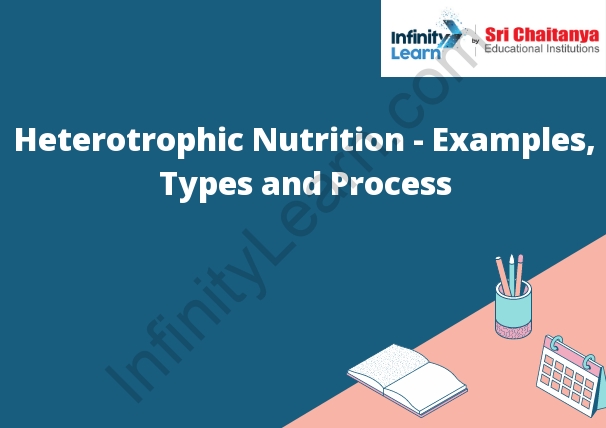Table of Contents
Heterotrophic Nutrition
Heterotrophic nutrition is the process of obtaining nutrients from other sources than from photosynthesis. Organisms that engage in heterotrophic nutrition are called heterotrophs. Heterotrophs can be either animals or plants.
Animal heterotrophs include animals that consume other animals, such as predators, and animals that consume plants, such as herbivores. Plant heterotrophs include plants that consume other plants, such as parasites, and plants that consume animals, such as carnivorous plants.
Heterotrophic nutrition is an important process in the food chain. It allows organisms to obtain nutrients that they cannot obtain from photosynthesis. Heterotrophic nutrition is also responsible for the transfer of energy and nutrients from one organism to another in the food chain.
Types of Heterotrophic Nutrition
There are four main types of heterotrophic nutrition:
1. Parasitism: one organism benefits at the expense of the other
2. Mutualism: both organisms benefit
3. Commensalism: one organism benefits, the other is unaffected
4. Amensalism: one organism is harmed, the other is unaffected

Holozoic Nutrition in Amoeba
The amoeba is a single-celled protist that obtains its nutrition by phagocytosis. This means that the amoeba engulfs food particles by pseudopod extensions and then digests the food inside its cell. The amoeba ingests a variety of food items, including bacteria, algae, and other protists.
Types of Holozoic Organisms
There are three types of holozoic organisms: animals, protozoa, and helminths. Animals are multicellular, heterotrophic organisms that ingest food and use it for energy.
- Protozoa are single-celled, heterotrophic organisms that ingest food and use it for energy.
- Helminths are multicellular, heterotrophic organisms that ingest food and use it for energy. They also live in and parasitize other organisms.
Saprophytic Nutrition
Saprophytic Nutrition is a process where an organism derives its nutrients from dead or decomposing organic matter. This can include both plant and animal material. The process of breaking down organic matter is carried out by microorganisms such as bacteria and fungi.
Process of Digestion in Saprophytes
Digestion in saprophytes is a process that helps them to break down the complex organic molecules of dead plants and animals into simpler molecules that can be absorbed and used by the saprophyte. This process usually takes place in the saprophyte’s gut, and it involves the use of enzymes to break down the molecules into smaller pieces. The smaller pieces can then be absorbed through the saprophyte’s cell walls and used for growth and repair.
Parasitic Nutrition
- Parasitic nutrition is a type of nutrition in which one organism, the parasite, lives off of another, the host.
- The parasite obtains nutrients from the host’s body fluids or tissues, while the host is usually unaffected.
- Parasitic nutrition is found in a variety of different organisms, including protozoa, worms, and arthropods.









